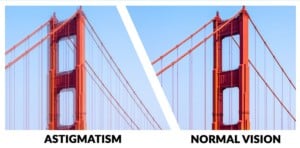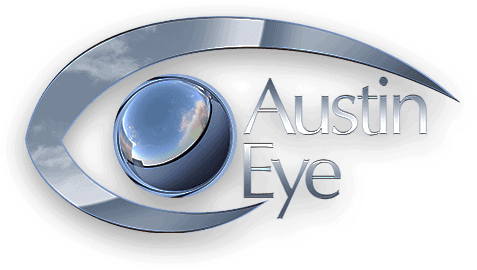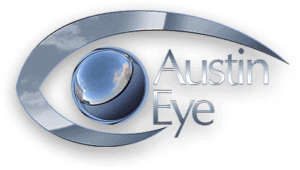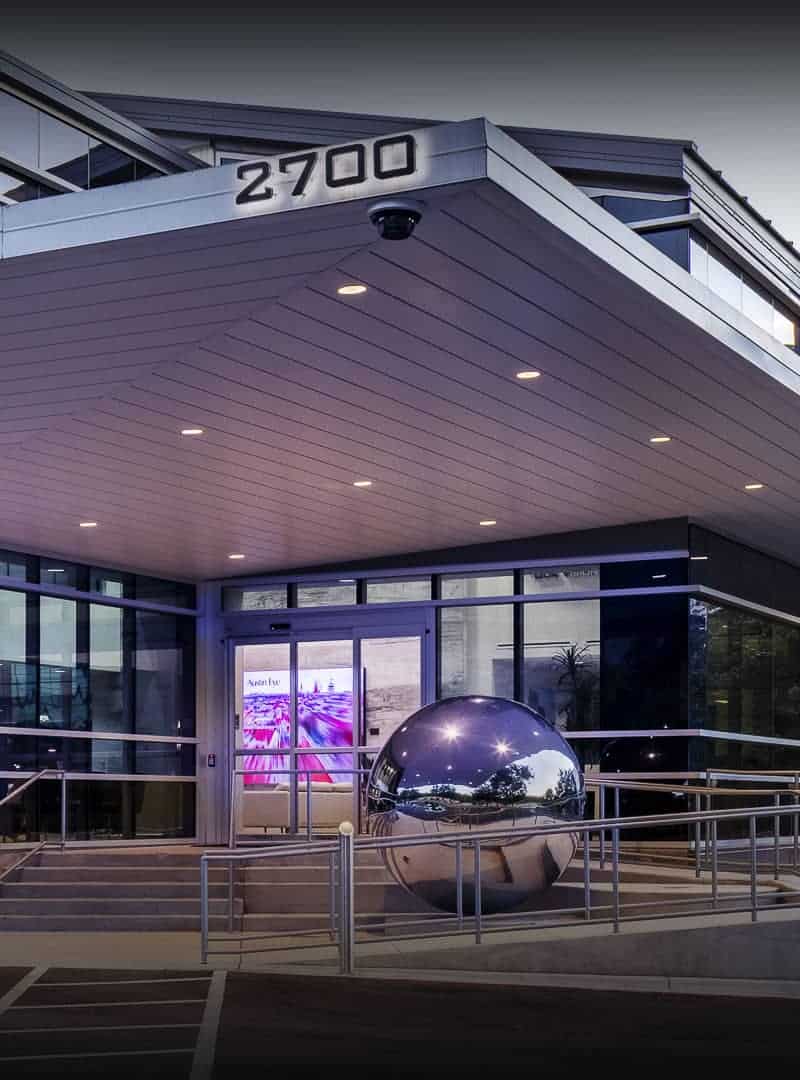
Good eyesight relies on matching round curvatures in two eye areas: The surface layer of your eye (cornea) and the internal lens that adapts to focus like a camera lens. These parts work together to focus light onto the retina, which sends messages to your brain through the optic nerve that become images. When the cornea is misshapen, it creates a refractive error that distorts the incoming light and causes blurry vision at varying distances. Austin Eye can help you reach better vision through one of several treatments for astigmatism.
Astigmatism, nearsightedness and farsightedness are the three refractive errors caused by a misshapen cornea. Astigmatism is unlike the other forms because it is caused by an egg-like corneal shape that leads to blurred eyesight at all distances. Farsightedness and nearsightedness cause blurriness when you look at an object close by or far away.
Someone with astigmatism has a steeper corneal curvature in one direction than another, which affects the eye shape horizontally, vertically or diagonally. It’s often there when you’re born but may develop after an eye injury, due to disease or surgery complications.
Treating Astigmatism for Better Vision
Astigmatism requires special treatment and often coincides with other refractive errors. You may experience headaches, problems with night vision, squinting and eyestrain when you have astigmatism, but there are several ways to provide perfect eyesight, including:
- Contact lenses: Soft or hard contact lenses that address astigmatism are called toric lenses. The average contact lens is spherical. Someone with astigmatism would still see blurry images with these, but a toric lens is custom shaped to address your astigmatic cornea.
- Eyeglasses: Prescription eyeglasses for astigmatism have a special cylindrical lens to compensate for the irregular curvature on your eye’s surface, but if you have severe astigmatism, glasses may not be the best way to improve your eyesight.
- Laser eye surgery: iLASIK and PRK offer better vision by correcting the shape of your eye(s) using laser technology. At Austin Eye, we provide all-laser LASIK (iLASIK) for increased safety and precision.
These procedures differ in their approach: iLASIK creates a flap from the surface layer of your eye (epithelial layer) that is folded back, whereas PRK removes the layer completely so the laser can perfect your eye shape. Both options can give you 20/20 eyesight, but PRK recovery is longer because your eye needs to regrow the epithelial layer.
Discuss Your Treatment Options for Astigmatism
If you have astigmatism, our eye care specialists can help you achieve clear, crisp vision. Contact Austin Eye today by calling our office at (512) 250-2020 to schedule your eye exam and discuss your treatment options.







